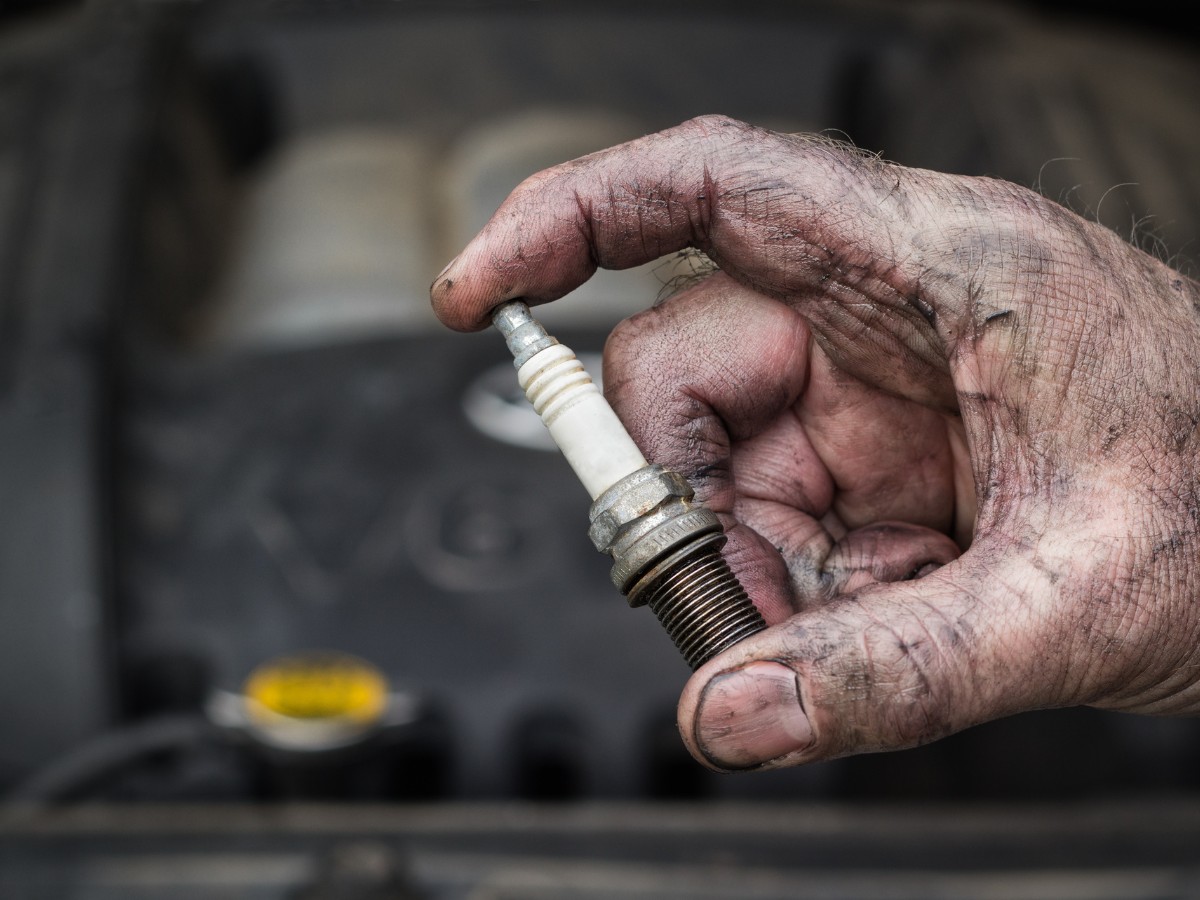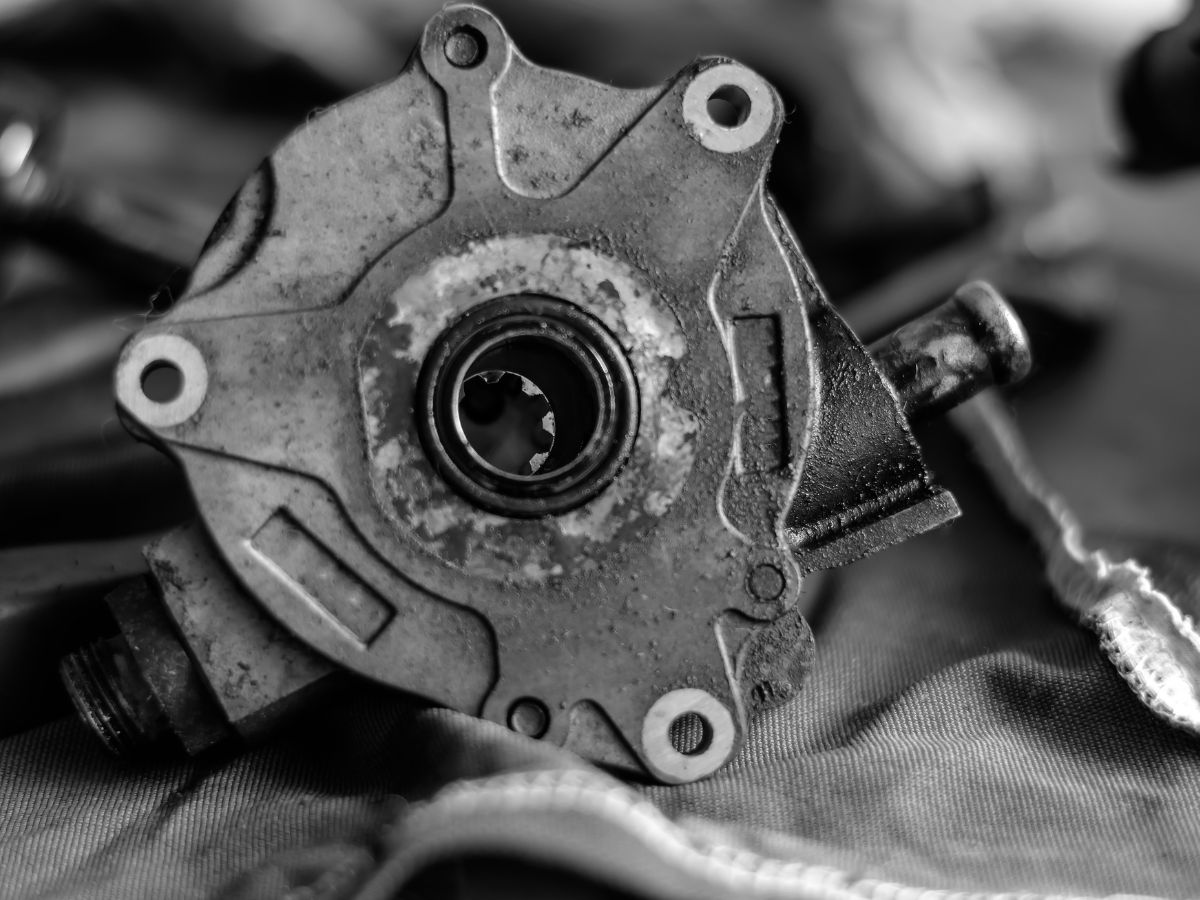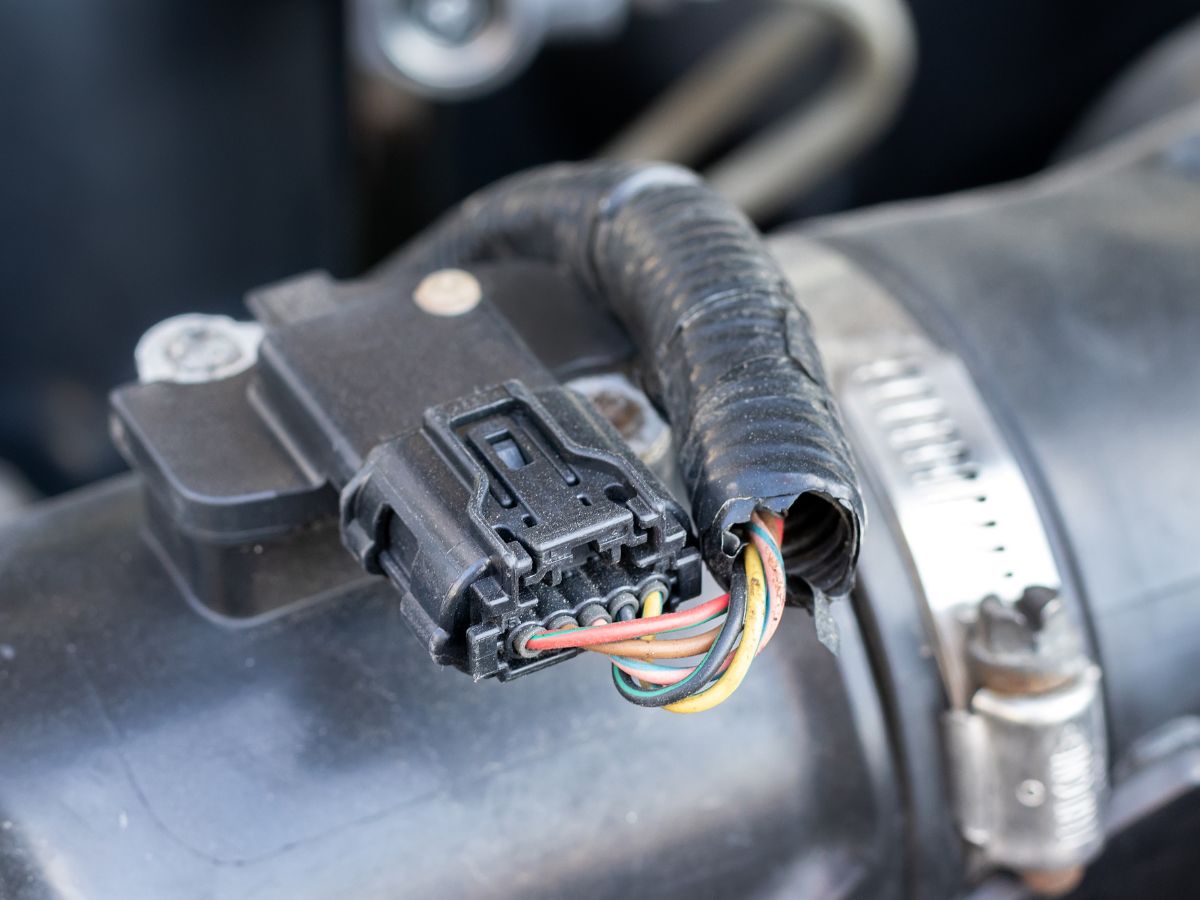In This Article Show
As an experienced mechanic with over a decade of hands-on experience working with all types of vehicles, including trustworthy and reliable Ford trucks, in my 13 years in the field, I’ve encountered many issues. Today, we’ll look into one specific problem that seems to confuse many Ford truck owners – the problem of a truck that starts, only to die immediately.
Now, you might be thinking that this is an unusual or rare occurrence. However, this issue can be quite common, and while it’s certainly inconvenient, it’s typically indicative of a few common problems that can be diagnosed and fixed with the right knowledge.
This post will guide you through the potential causes of this issue, methods for diagnosing it, possible fixes, and, when necessary, when to seek professional help. With the help of this guide, we’ll get your Ford truck back to running as it should. Let’s get started.
Causes of the Issue
In understanding why your Ford truck starts then immediately dies, it’s crucial to know the various systems in play during the starting process.
Problems can arise in a few key areas: the fuel system, the ignition system, the Electronic Control Unit (ECU), potential vacuum leaks, the Mass Airflow Sensor (MAF), the exhaust system, and the battery or alternator. Let’s break these down further.
1. Fuel System Problems
Fuel system problems are often at the root of this issue. A few things can go wrong here:
1.1. Faulty Fuel Pump
Your truck’s fuel pump plays a critical role in delivering fuel from the tank to the engine. If it’s not functioning correctly, the engine may start but won’t have enough fuel to keep running.
1.2. Clogged Fuel Filter
Over time, your truck’s fuel filter can become clogged with debris, impeding the flow of fuel to the engine. This can lead to a situation where there’s just enough fuel to start the engine, but not enough to keep it going.
1.3. Problems with Fuel Injectors
Fuel injectors, which spray fuel into the combustion chambers, can become clogged or malfunction, resulting in a lack of sufficient fuel for the engine to keep running after start.
2. Ignition System Issues
The ignition system sparks the fuel-air mixture in your truck’s engine. Issues here can cause immediate stalling:

2.1. Faulty Spark Plugs
Over time, spark plugs can wear out or become covered in deposits, weakening the spark necessary to ignite the fuel-air mixture.
2.2. Damaged Ignition Coil
A damaged or failing ignition coil can lead to weak or intermittent sparks, making it difficult to maintain combustion.
2.3. Failing Ignition Switch
If your ignition switch is failing, it might not maintain the necessary electrical connections once the key is released after starting the engine, leading to a stall.
2.4. Electronic Control Unit (ECU) Failures
Your truck’s ECU is the brain of your vehicle, controlling various aspects of the engine’s operation. It might incorrectly interpret sensor readings or mismanage engine functions if it malfunctions, leading to stalling immediately after starting.
3. Vacuum Leaks
Vacuum leaks can lead to an improper mixture of air and fuel in your engine, causing the engine to stall after starting.

4. Dirty or Faulty Mass Airflow Sensor (MAF)
The MAF sensor measures the air entering your engine, helping the ECU adjust the amount of fuel injected. If it’s dirty or faulty, it can misinform the ECU, leading to incorrect fuel-air mixtures and subsequent stalling.
5. Exhaust Issues
A blocked or damaged exhaust can cause too much back pressure in the engine, making it difficult for your truck to keep running after it starts.
6. Battery and Alternator Problems
Although less common, battery and alternator problems can cause your truck to stall immediately after starting. This is especially true if these components cannot supply the necessary power to maintain the various electrical systems after the initial start-up demand.
How to Diagnose the Problem
Once you’ve understood the potential causes of the issue where your Ford truck starts and then dies immediately, the next step is diagnosing the exact problem. Here are some methods you can employ to do this:
1. Visual Inspections
Often, a simple visual inspection can help identify the problem. Check for signs of damage or wear and tear in the parts related to the fuel, ignition, and exhaust systems. For instance, look for leaks in the fuel system, cracks or corrosion in the spark plugs, and blockages or damage in the exhaust system.
2. Using a Diagnostic Tool (OBD2 Scanner)
A diagnostic tool, like an OBD2 scanner, can be a valuable asset when diagnosing these issues. When connected, these scanners can read fault codes generated by the truck’s ECU, which can point you in the direction of the malfunctioning component.
For example, a fault code could indicate a malfunctioning sensor, such as the Mass Airflow Sensor, or a problem with the fuel or ignition system.
3. Professional Diagnosis
While visual inspections and OBD2 scanners can help you diagnose many issues, some problems may be harder to detect without professional knowledge and equipment.
If you’re having difficulty diagnosing the issue or the above methods don’t reveal it, it may be time to take your truck to a professional mechanic. They’ll have the experience and tools necessary to identify the cause of the problem accurately.
Fixes for the Problem
Once you have identified the root cause of the problem, it’s time to get your Ford truck back in working order. Here’s a detailed guide on how to tackle the issues identified in the previous sections:
1. Fixes for Fuel System Problems
1.1. Faulty Fuel Pump
A faulty fuel pump may need to be replaced. This usually involves draining and dropping the fuel tank, which can be complicated. If you’re not confident in your mechanical abilities, consider seeking professional help.
1.2. Clogged Fuel Filter
A clogged fuel filter should be replaced. The process for this varies by model, but generally, it involves disconnecting the fuel lines from the filter and replacing it with a new one. Make sure to relieve the fuel system pressure before starting.
1.3. Problems with Fuel Injectors
Clogged fuel injectors can often be cleaned using a fuel injector cleaner added to the fuel tank. If they’re malfunctioning, they may need to be replaced, which should be done by a professional mechanic due to the complexity of the task.
2. Fixes for Ignition System Issues
2.1. Faulty Spark Plugs
Faulty spark plugs can be replaced simply with a socket wrench and a spark plug socket. Ensuring you gap the new plugs correctly and avoiding overtightening them is essential.
2.2. Damaged Ignition Coil
A damaged ignition coil should be replaced. This typically involves disconnecting the electrical connector, removing the ignition coil, and replacing it with a new one.
2.3. Failing Ignition Switch
Replacing a failing ignition switch is a complex process that involves disassembling the steering column. It’s recommended to seek professional help for this task.
3. How to Address ECU Failures
Addressing ECU failures can be complicated. Sometimes, resetting the ECU by disconnecting the vehicle’s battery for several minutes can solve minor issues. For serious failures, the ECU may need to be replaced, which should be done by a professional mechanic due to the importance of this component.
4. Fixing Vacuum Leaks
Vacuum leaks can often be found by listening for a hissing sound while the engine is running. Once located, a vacuum leak can usually be fixed by replacing the damaged hose or gasket. This process typically involves removing and replacing the old part with a new one.

5. Cleaning or Replacing the MAF Sensor
A dirty MAF sensor can be cleaned using a specific MAF sensor cleaner. If the sensor is faulty, it will need to be replaced. This involves disconnecting the electrical connector, removing the sensor, and installing a new one.
6. Addressing Exhaust Issues
Addressing exhaust issues usually involves replacing the damaged or blocked part. This can be a complex task requiring special tools and experience due to the high temperatures involved and the location of the parts.
7. Troubleshooting Battery and Alternator Problems
Battery problems can often be fixed by charging or replacing the battery. Alternator issues usually require replacing the alternator, which involves disconnecting the battery, removing the serpentine belt, and removing and replacing the alternator. Both tasks should be done cautiously due to the risks associated with electrical systems.
Please note that while these fixes are generally applicable, there may be model-specific variations. Refer to your vehicle’s service manual or consult a professional mechanic to ensure you’re carrying out repairs safely and correctly.
When to Seek Professional Help
While it’s certainly possible for handy truck owners to diagnose and fix many of the problems discussed in this post, it’s equally important to know when to seek professional help.
Here are some situations where it would be best to consult with a professional mechanic:
Signs That Professional Help May Be Required
Multiple Attempts without Success
If you’ve attempted to diagnose and fix the issue several times without success, it might be time to take your truck to a professional. They have advanced diagnostic tools and a depth of experience that allows them to quickly identify and address a wide range of problems.
Complex Components Involved
Some components, like the ECU or ignition switch, are complex and require a professional touch. If these parts are suspected to be the cause of your truck’s issue, it’s safer and often more effective to let a mechanic handle the job.
Safety Risks
A professional mechanic should be engaged if you’re uncomfortable performing any diagnostic or repair processes or if they involve safety risks you’re unprepared for. Safety should always be your top priority.
Wrapping it up
Dealing with a Ford truck that starts then immediately dies can be frustrating, but understanding the possible causes and their fixes can greatly simplify the process.
Whether it’s a problem with the fuel system, ignition system, ECU, vacuum leaks, MAF sensor, exhaust system, or the battery and alternator, each issue can be diagnosed and often fixed with the right knowledge and tools.
Pro Tip 👋
Need to talk to a professional with a special discovery on your car issue? Use this link to talk to a professional. This is in partnership with JustAnswer, which has an on-call expert who can help you, especially during an emergency. Talk to a master mechanic now.
However, it’s crucial to remember that professional mechanics are there for a reason. If you’re ever unsure, facing a complicated issue, or simply not making headway, don’t hesitate to consult a professional. Their experience and expertise can save you time, ensure safety, and provide lasting peace of mind.












